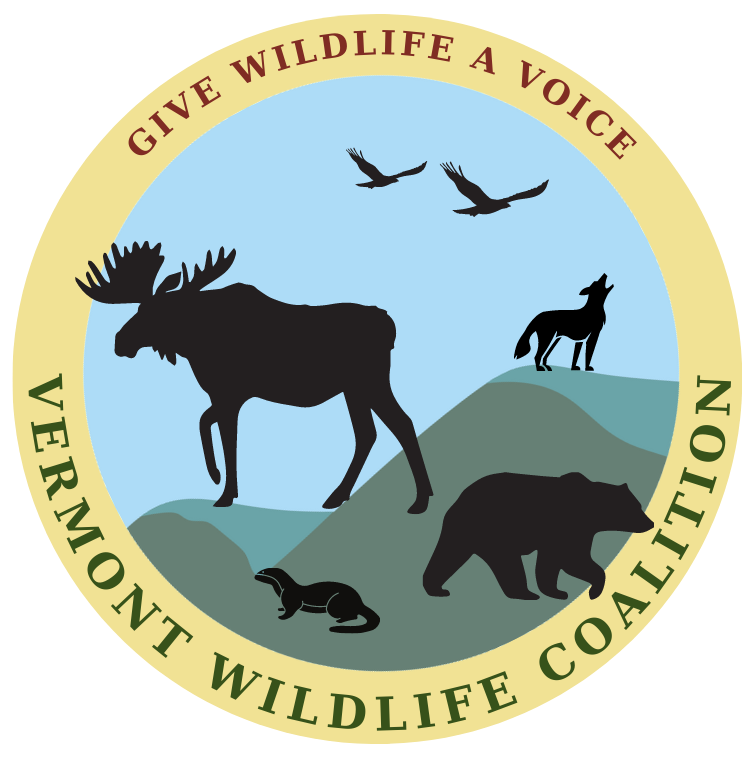What Is the Fish and Wildlife Department?
For many Vermonters, the Fish & Wildlife Department (FWD) is not well understood. Below is a brief introduction to this important department of state government.
FWD is part of the VT Agency of Natural Resources (ANC), charged with “oversight and management of Vermont's natural environment on behalf of the people of Vermont.” ANC is led by Secretary Julie Moore, appointed in January 2017 by Governor Phil Scott. The ANC has three departments:
The Department of Environmental Conservation's mission is to preserve, enhance, restore and conserve Vermont's natural resources, and protect human health as it relates to the larger environment.
The Department of Forests, Parks and Recreation is responsible for the conservation and management of Vermont's forest resources, the operation and maintenance of the State Park system, and the promotion and support of outdoor recreation for Vermonters and our visitors. In addition, FPR is responsible for the acquisition, planning coordination and administration of all Agency of Natural Resources lands.
The Fish & Wildlife Department conserves Vermont's fish, wildlife, plants and their habitats for Vermonters to enjoy. The Department includes over 125 biologists, game wardens, educational coordinators and support staff committed to five divisions: Fisheries, Wildlife, Law Enforcement, Outreach and Administration. Their website is http://www.vtfishandwildlife.com/
For practical purposes, FWD defines wildlife into two groups – game animals and non-game animals. Game animals, subject to hunting, include such species as bear, deer, moose, wild turkey, small game and certain wild birds. Then there is the category of fur-bearers, including bobcats, otters, beavers, fox, minks, etc. Fur-bearing wildlife are the target for trappers, who generally speaking want to obtain and sell animal fur. You won't have to spend more than a few moments at the FWD website to realize that hunting, trapping and fishing are a central focus for the department. Reading left to right, the menu on their main page reads, “Hunt,” “Fish,” “Licenses and Lotteries,” etc. Of course, the FWD oversees the licensing of hunters, trappers and anglers and collects fees for these licenses. FWD also creates and oversees a host of state regulations and policies regarding hunting, trapping and fishing.
Within FWD, the Fish & Wildlife Board (FWB) is the body that makes decisions about such regulations and policies. Because the FWB is so important to understanding how wildlife is managed in Vermont, there is a separate tab under “Get Educated.”
In 2016, public influence on the FWD grew in two ways. First, FWB meetings starting in the fall introduced a short period during their monthly meetings when the public could give feedback in person. Second, in the fall of 2016, Onion River Community Access (ORCA), a non-profit media access organization, began videoing FWB meetings for the first time and now they are on record and available for public viewing statewide at most community media access sites. These videos can be accessed through the ORCA and other public media websites, and through the websites of VWC, Protect Our Wildlife Vermont, Humane Society, and Green Mountain animal Defenders. They are important because for the first time they give statewide public access to FWB operations.
Non-game wildlife constitutes the vast majority of wildlife in Vermont, and the FWD's reach includes all species. Much of the funding for non-game wildlife flows from the federal government. To access this funding, FWD is required to prepare a State Wildlife Action Plan that gets reviewed and renewed every 10 years. One major purpose of the plan is to identify species that are threatened and to propose strategies to address the threats. Threatened species are considered those of “greatest conservation need” (there are three levels of need) and the whole point of the plan is make sure that steps are taken to conserve these species and their habitats before they become even more rare and costly to restore. In the 2015 Vermont plan draft, threats are identified for:
19 species of amphibians and reptiles
50 species of birds
28 species of fish
15 groups of invertebrates
34 species of mammals
This raises the obvious question – how many non-human species live in Vermont? The Vermont Center for Ecostudies states that there are 38 species of mammals and 382 species of birds. Their website also notes,
“What lives here? Where is it? What’s common? What’s at risk? The answers lie scattered among books, reports, computers, museums and even the memories or journals of Vermonters now living or long passed. The average department store knows more about its inventory than we know about what lives in Vermont. In the information age, this is troubling.”
The FWD provides a considerable amount of public education about wildlife, including extensive training for hunters, trappers and anglers. The department has a small but active and respected enforcement branch that offers “the first line of response, in the field and on the phone, to citizen requests for department services involving fish and wildlife problems, questions and enforcement.” They also oversee various fund-raising endeavors including the Non-game Wildlife Fund and the Conservation License Plate, in addition to hunting/trapping/fishing license fees, to help pay for their activities. Details are on their website.
